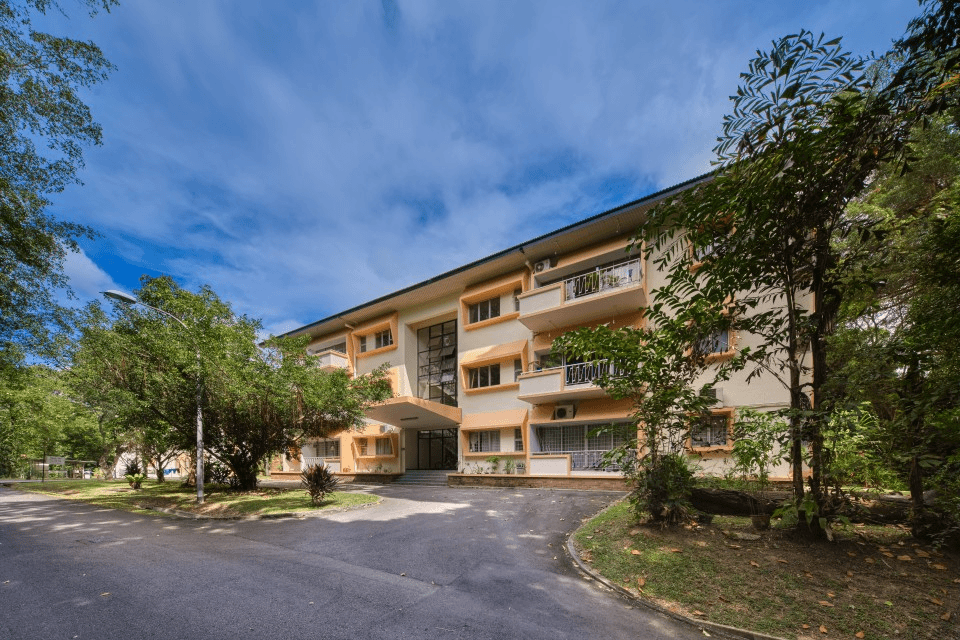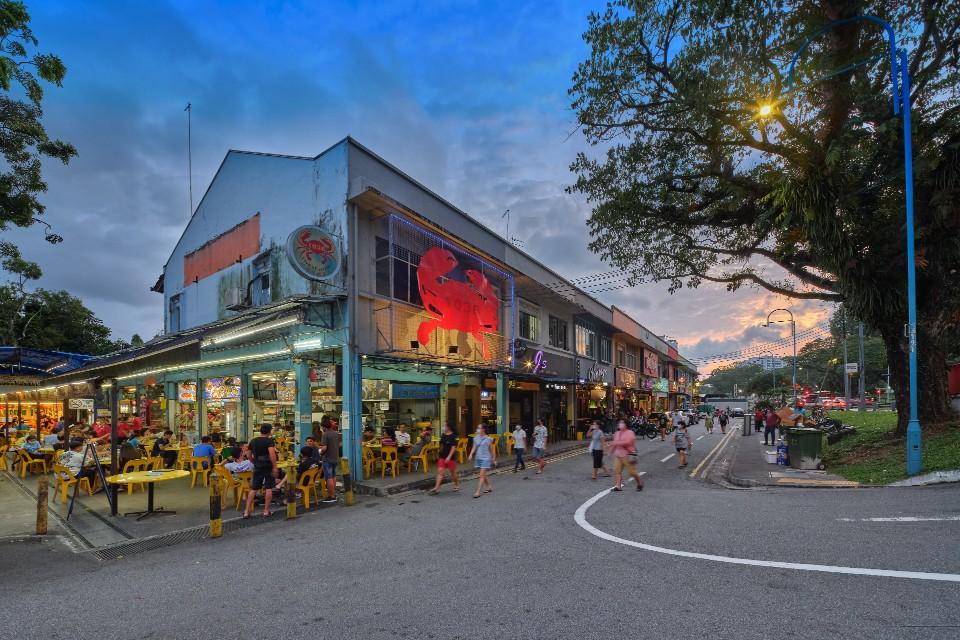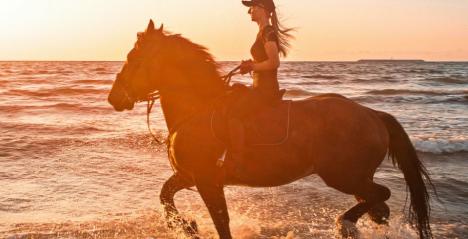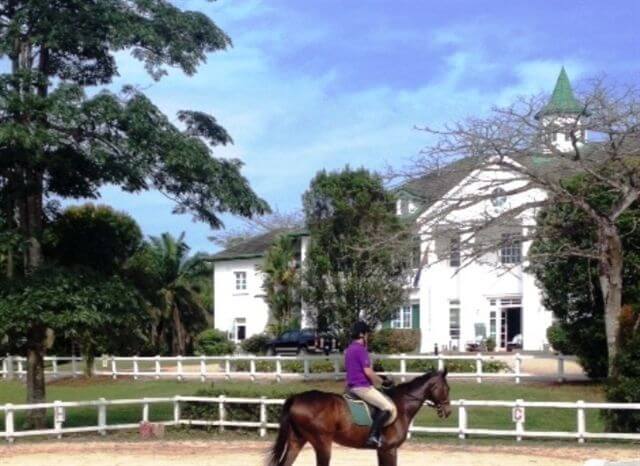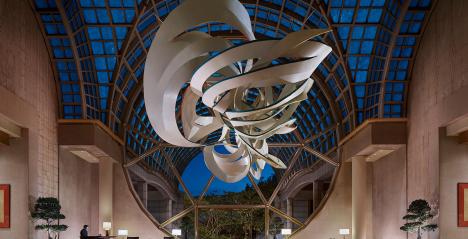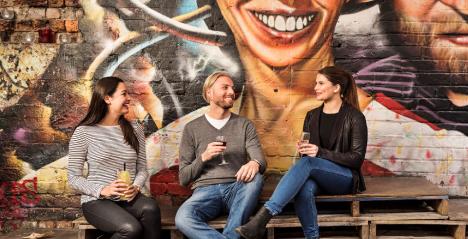Did you know that Sembawang used to be home to an important naval base for the British Empire? Or that it was once populated by rubber plantations owned by prominent pioneers such as Lim Chong Pang?
Sembawang, which derived its name from the Mesua ferruginea or the Sembawang tree, has also been home to people from all walks of life – from seafaring villagers who dwelt in kampongs; Asian dockyard workers from Kerala and Hongkong who lived at quarters along Canberra Road; to British naval officers who stayed in black-and-white houses – adding to the area’s rich history and cultural diversity.

These lesser-known stories of Sembawang’s naval history and diverse communities will be showcased in the National Heritage Board’s (NHB) new Sembawang Heritage Trail. The trail features 31 trail sites and nine heritage trail markers, which invite trail-goers to explore Singapore’s northern coastal town from when it was first mentioned in maps in the early-1800s, to the decades before and after World War II.
Early residents established schools, associations and religious institutions such as the Holy Tree Sri Balasubramaniar Temple, the former Masjid Naval Base (now replaced by Masjid Assyafaah) and Masjid Petempatan Melayu Sembawang that continue to serve the members of their communities today.

A seaside kampong house near the 15th milestone of Sembawang Road, 1960s Courtesy of Tony Dyer and Sofea Abdul Rahman
Apart from inland villages at Jalan Mata Ayer and Jalan Kemuning, Sembawang also had kampongs along the northern coast since the early 20th century. Some of the longest surviving coastal kampongs included Kampong Tanjong Irau, Kampong Wak Hassan and Kampong Tengah.

Masjid Petempatan Melayu Sembawang, 2021 Courtesy of National Heritage Board
Opened in 1963, Masjid Petempatan Melayu Sembawang was built by the residents of Kampong Tengah, and is the only surviving landmark of the former village today. The mosque also served the Muslim community in the nearby villages of Kampong Wak Hassan and Kampong Tanjong Irau.
The residence of the highest ranking naval officer in colonial Singapore was located in Sembawang. The grandest building in the former naval base is the Former Admiralty House, which was built in 1939-40 as Navy House or Canberra House, where the top naval officer in Singapore stayed. It was redesignated as Admiralty House when the Commander-in-Chief of Britain’s Far East Fleet, who held the rank of Vice Admiral, resided there from 1958. The Former Admiralty House was gazetted as a National Monument in 2002.
Sembawang boasted the world’s largest dry dock in the 1930s. The centrepiece of the naval base, King George VI Dry Dock, was completed in 1937 and declared open on 14 February 1938. Named after the then-monarch of Britain, the 305-metre-long dock was the world’s largest dry dock then and could fit the Royal Navy’s largest battleships. After a ship enters the dock, the enclosure is sealed and water is pumped out so that the ship can be repaired while dry.
During the Japanese Occupation, the Japanese converted the Sembawang Hot Spring area into a sanatorium with tiled thermal baths for their naval forces. The land nearby was also used by the Japanese navy to grow vegetables and fruit. During the 1950s, the hot spring’s marshy pools then attracted people who cooked eggs or soaked in the water to relieve muscle pains. It also drew punters who believed that bathing in its waters during the horse racing season would bring them luck.
Former national football player Quah Kim Song used to live in one of Sembawang’s coastal kampongs, Kampong Tanjong Irau. He used to play football with the dockyard workers at the open field at Deptford Road.
For more information, please visit https://www.roots.gov.sg/nhb/trails

